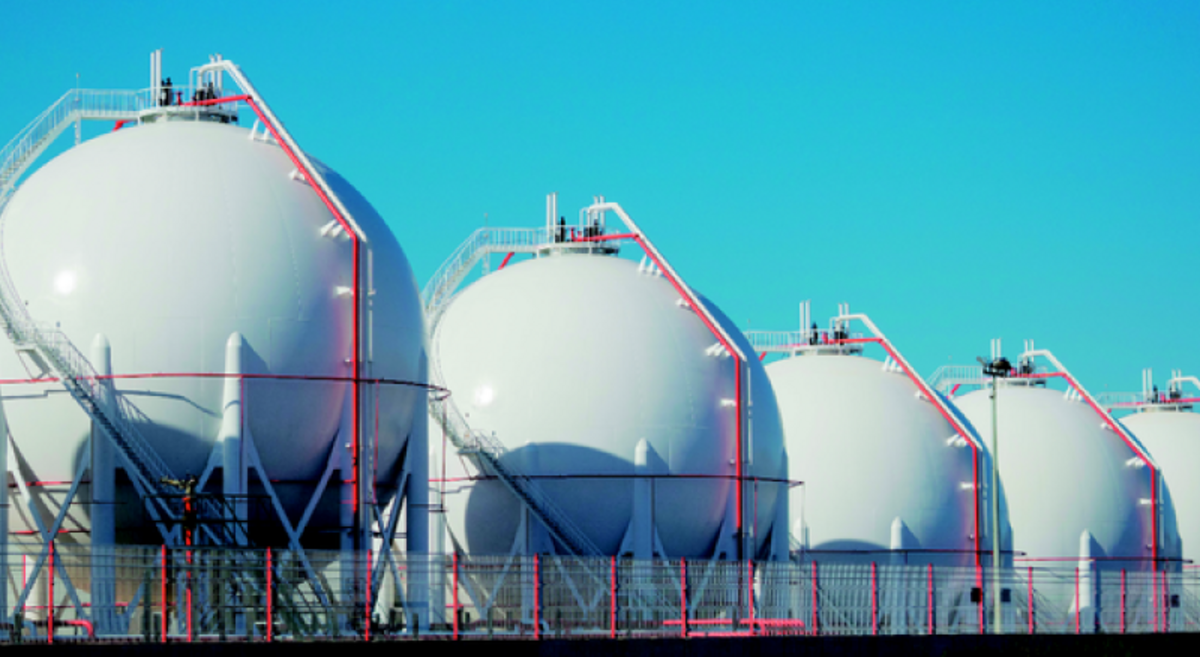

For gasification and reforming processes of hydrogen raw materials, we globally offer gas measurement for process monitoring to measure hydrogen purity and impurities, engineering for plant integration, and analytical technologies for catalyst materials used in hydrogen separation, recovery, and purification processes.
In addition to water electrolysis, other mechanisms for "producing" hydrogen include:
1) Steam reforming: fossil fuels such as oil and gas are reacted with water vapor at high temperatures to produce hydrogen-containing gas;
2) By-product hydrogen: produced as a byproduct of coke production at steel mills by steaming coal, or from caustic soda; and
3) Biomass hydrogen: produced by gasifying and reforming biomass, which are organic resources derived from plants and animals, etc.
Table of Contents
In order to produce higher purity hydrogen in larger quantities and at lower cost, there is a constant need to evolve the production process technology and improve the adsorption and regeneration performance of the recovery agent by monitoring the entire production process and analyzing the catalysts and materials used in the process.
Among the hydrogen production technologies, steam reforming is widely used as the cheapest and most efficient way to produce large amounts of hydrogen. However, it is also called "gray hydrogen" because it emits CO2, and it is essential to reduce the ratio of this gray hydrogen in order to achieve carbon neutrality.
In any of these issues, the key words for the use of resources are "high efficiency" and "low emission". We provide high-precision measurement solutions based on gas monitoring in manufacturing processes.
Measurement of gases produced in each step of the gray hydrogen production process contributes to the reduction of hydrogen production costs and the production of high-purity hydrogen.
HORIBA Solutions >>
Measuring and Monitoring the Concentration of Impurity Gases (for R&D): Multi-gas Analyzer VA-5000 Series
Measuring and monitoring impurity gas concentration (for plants): Stack Gas Analysis System ENDA-5000 Series
For high-purity hydrogen production, measuring and monitoring trace impurity gases: Trace Gas Monitor GA-370
Measuring and monitoring trace hydrogen gas concentration: All-purpose hydrogen Analyzer ( contact us for details )
Hydrogen production in various industries involves a gas separation, recovery, and purification process to remove impurity gases (CO, CO2, CH4, SO2), and then refining and producing hydrogen to a level consistent with each application.
To confirm that the impurity gas has reached this level of hydrogen, trace gases in the hydrogen are measured and monitored in real time.
HORIBA Solutions >>
For monitoring impurity concentration in highly concentrated hydrogen: Trace Gas Analyzer GA-370
For monitoring evolved gases: Multi-component Gas Analyzer VA-5000 Series
For monitoring hydrogen concentration: Explosion-proof Thermal Conductivity Hydrogen Analyzer TCA-51 Series
Among the hydrogen produced, the demand for hydrogen for fuel cell applications is particularly on the rise. Among other things, hydrogen for Fuel Cell Electric Vehicle (FCEV)s is required by ISO to be 99.97% or higher, and each impurity concentration standard is set. In order to ensure this purity, it is necessary to increase the hydrogen purity using the Pressure Swing Adsorption (PSA) method.
We provide a solution by measuring the concentration of impurities in hydrogen that contributes to monitoring the deterioration of adsorbents and other materials used in PSA.
HORIBA Solution >>
For monitoring impurity concentration in highly concentrated hydrogen: Trace Gas Monitor GA-370
In the production of hydrogen from fossil fuels, it is necessary to desulfurize sulfur dioxide (SO2) sufficiently before entering the separation, recovery, and refining processes in order to reduce equipment failure and performance degradation and to ensure stable production.
Whether or not the gas has been desulfurized reliably can be confirmed by measuring and monitoring the gas.
HORIBA Solutions >>
For desulfurization monitoring: Multi-Component Gas Analyzer VA-5000 Series
For desulfurization monitoring: Stack Gas Analysis System ENDA-5000 Series
Measurement of by-product gases from coke ovens and other sources accelerates the utilization of by-product hydrogen in other processes.
HORIBA Solution >>
For monitoring various process gases (explosion-proof): Explosion-proof Infrared Analyzer EIA-51 Series
For monitoring hydrogen concentration (explosion-proof): Explosion-proof Thermal Conductivity Hydrogen Analyzer TCA-51 Series
For monitoring various process gases (for R&D): Multi-component Gas Analyzer: VA-5000 Series
For monitoring hydrogen concentration (for R&D): All- purpose Hydrogen Gas Analyzer: TCA-5000, Hydrogen Gas Analyzer: HyEVO
HORIBA's Hydrogen Solutions
Application Laboratory Virtual Tour
HORIBA VA-5000 Multi-component Process Gas Analyzer
Sie haben Fragen oder Wünsche? Nutzen Sie dieses Formular, um mit unseren Spezialisten in Kontakt zu treten.
